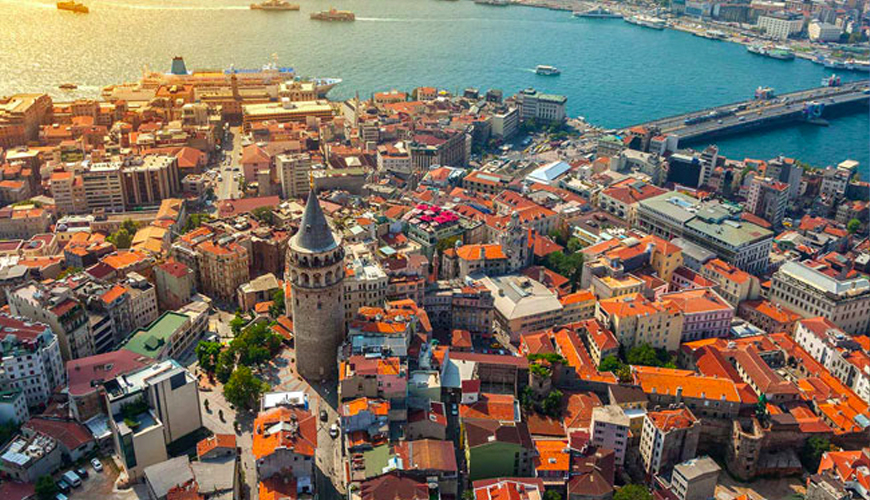
Earthquake-Resistant Areas in Istanbul: A Comprehensive Guide
Sat, Feb 11, 2023, 03:33:55 PMIstanbul is a city located in a seismic zone, and earthquakes are a common occurrence. The city has seen several earthquakes in its history, some of which have caused significant damage and loss of life. As such, it is essential to understand which areas in Istanbul are earthquake-resistant and safer for residents and visitors alike.
The geography of Istanbul and its relationship to earthquakes
Istanbul is located on the North Anatolian Fault, which is one of the most active fault lines in the world. This fault line has been responsible for several significant earthquakes in the past, and there is a likelihood of more earthquakes in the future. The city sits on top of the fault line, which means that it is vulnerable to earthquakes.
The factors that influence earthquake resistance in Istanbul
There are several factors that influence the earthquake resistance of a building or area in Istanbul. Some of these factors include the age of the building, the materials used in its construction, and its design and structure. In general, newer buildings that are built to meet current seismic codes and standards are considered to be more earthquake-resistant than older buildings.

Additionally, the type of soil that the building is built on also plays a role in earthquake resistance. Buildings built on solid rock are considered to be more earthquake-resistant than those built on soft soil, as the latter can amplify the shaking caused by an earthquake.
Identifying earthquake-resistant areas in Istanbul
To determine which areas in Istanbul are earthquake-resistant, it is necessary to look at several factors, including the age of the buildings, the materials used in their construction, and the type of soil they are built on.
The role of building age
One of the most significant factors in determining the earthquake resistance of an area in Istanbul is the age of the buildings. Newer buildings are generally more earthquake-resistant than older buildings, as they are built to meet current seismic codes and standards.
In older areas of Istanbul, many buildings were constructed before current seismic codes and standards were in place. These buildings may not have been built to withstand earthquakes and can be more vulnerable to damage in the event of an earthquake.
The role of construction materials
The materials used in the construction of buildings also play a role in determining their earthquake resistance. Buildings constructed of reinforced concrete and steel are considered to be more earthquake-resistant than those constructed of brick or stone.
The role of soil type
The type of soil that a building is built on is also a factor in determining its earthquake resistance. Buildings built on solid rock are considered to be more earthquake-resistant than those built on soft soil, as the latter can amplify the shaking caused by an earthquake.
In conclusion, understanding earthquake-resistant areas in Istanbul is essential for residents and visitors alike. By taking into consideration factors such as the age of the buildings, the materials used in their construction, and the type of soil they are built on, it is possible to identify which areas are safer in the event of an earthquake.
While no area in Istanbul can be considered completely earthquake-proof, understanding the factors that influence earthquake resistance can help residents and visitors make informed decisions about where to live, work, and visit.





